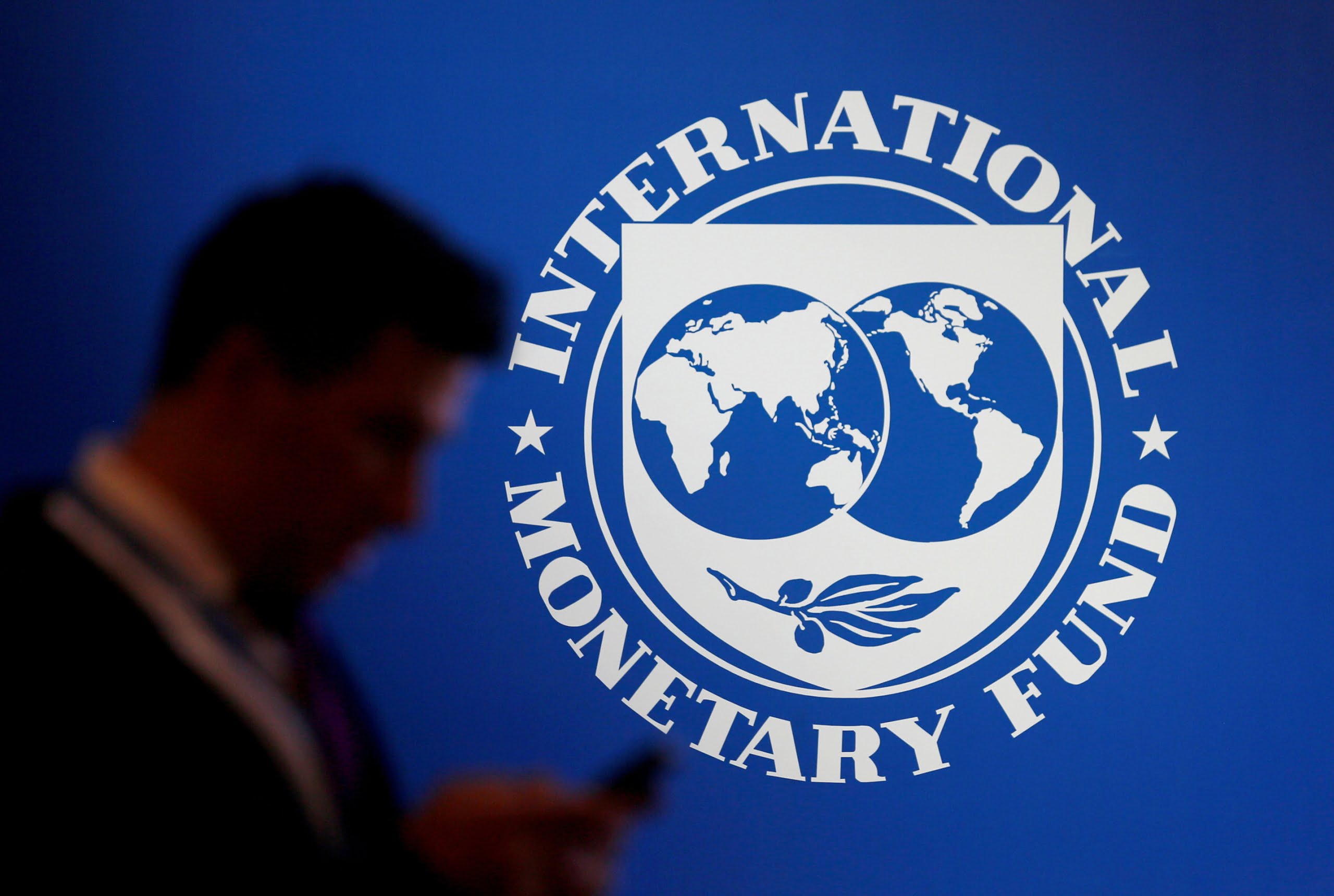Greek economy to grow by 3.3% this year, 5.4% in 2022, IMF report says


Greece reacted swiftly and proactively in responding to the pandemic, the International Monetary Fund (IMF) said in a report released on Wednesday. In a statement issued after the conclusion of the 2021 Article IV consultation mission, the IMF said it expected the Greek economy to grow by 3.3% this year and by 5.4% in 2022.
Greece entered the pandemic with an unfinished recovery, but the country has demonstrated resilience in facing COVID-19, it said. The economy contracted by 8.2 percent in 2020, better than expected given Greece’s high dependence on tourism and pre-existing vulnerabilities. The government provided among the largest on-budget fiscal stimuli in the euro zone, which prevented a spike in corporate distress and kept workers attached to the labor market although young and part-time workers experienced a sharp drop in employment. Supervisory and ECB accommodation shielded the banking sector and kept financial conditions highly supportive, the IMF said in the statement.
More specifically, the IMF statement said: “Investment through Next Generation EU (NGEU) grant funding, pent-up consumption funded by deposit drawdown, and tourism resumption are expected to be the main drivers of the recovery, with growth projected at 3.3 percent this year, accelerating to 5.4 percent in 2022. The permanent output loss from the pandemic (“ scarring”) is projected to reach 3 percent, suggesting policy efforts should focus on facilitating both debt workouts and resource reallocation.”
Higher investment, economies of scale from greater firm size, and increased export orientation would keep the current account deficit in check and together with the RRFs structural reform agenda raise productivity growth, move the country to investment grade, and anchor long-term debt sustainability, it noted, while the expansion of output, lower tax rates, and digitalization would widen the tax base and avoid cliff effects when NGEU funding dries up.
“Following a spike in 2020, Greece’s public debt is projected to peak in 2021 and decline gradually over the medium-term, albeit remaining at higher levels than forecast before the pandemic,” it noted, adding that “Greece’s public debt remains sustainable over the medium-term, predicated on the negative interest rate-growth differential and a gradual return to primary surpluses.” The government’s large cash buffer and active liability management further mitigate refinancing risks, while Greece’s ability to service its debt under a severe shock depends on continued regional support.
“While a feasible set of policies and interest rate trajectories could deliver sustainable debt dynamics over the long-term, alternative scenarios suggest that the uncertainty about the long-term neutral rate and risk premia is too high to reach a firm conclusion. This marks a departure from staff’s previous long-term DSA, published in 2018, which also acknowledged large uncertainty, but nonetheless concluded that public debt sustainability was not assured under a realistic set of macro-fiscal assumptions,” it said.
The mission emphasized that the near-term focus should be on health outcomes and that medium-term fiscal sustainability objectives should not be achieved at the expense of growth, especially considering the impact of two crises on youth experiencing high unemployment rates, the fund noted.
Pandemic-related measures imply a primary deficit of around 7 1/4 percent of GDP in 2021 with much of the support frontloaded ahead of NGEU disbursements in line with previous staff recommendations. While the headline primary deficit for 2022 is expected to recover to 1 percent of GDP, the underlying fiscal stance, excluding temporary COVID-19 measures, remains expansionary by about 2 percent of GDP. From a cyclical perspective, the case for further stimulus is weak given the rapid closing of the output gap under the baseline, but it could help reduce scarring risks and support job creation which is expected to lag the output recovery provided the stimulus is properly spent.
Source: ANA-MPA




